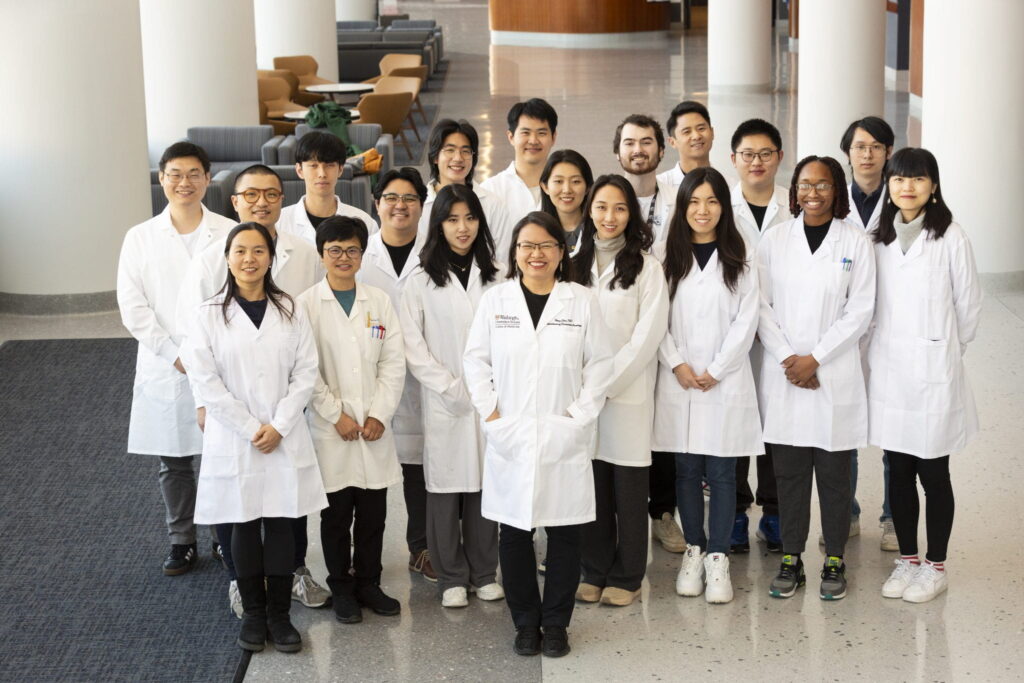
By the Numbers: RIS resources at work
- 5 TB active storage
- 10 TB of archive storage
- Access to the general compute resource pool of 6,300+ CPU cores and 100+ GPUs
- 2,262 jobs consumed 2,068,370 CPU core hours and 234,460 GPU hours
Mission: Developing innovative, focused ultrasound technology for applications evolving the brain. This makes ultrasounds more affordable, portable, and noninvasive, allowing for the interface with the brain without any surgery.
Objective: To transform the process of neurosurgery and introduce the concept of using ultrasound technology in neuroscience to study how the brain functions non-invasively.
Resulted Success: Published last September, the First-in-human prospective trial of sonobiopsy in high-grade glioma patients using neuronavigation-guided focused ultrasound was successful.
Expert Insights: “The support from RIS for all our computations is critical to our research. Before we had access to the cluster, running one simulation on one patient took us two to three days, and now it takes anywhere from 5 to 15 minutes—Dr. Hong Chen, Associate Professor of Biomedical Engineering.
“Strong communication between RIS and our lab enables us to fix an inability to run code.” – Andrew Stark, Engineering – Biomedical Engineering.